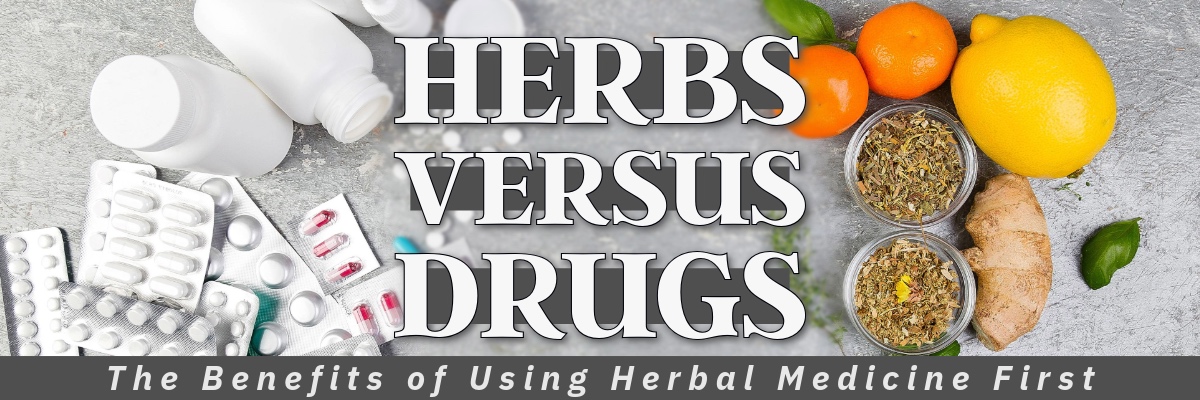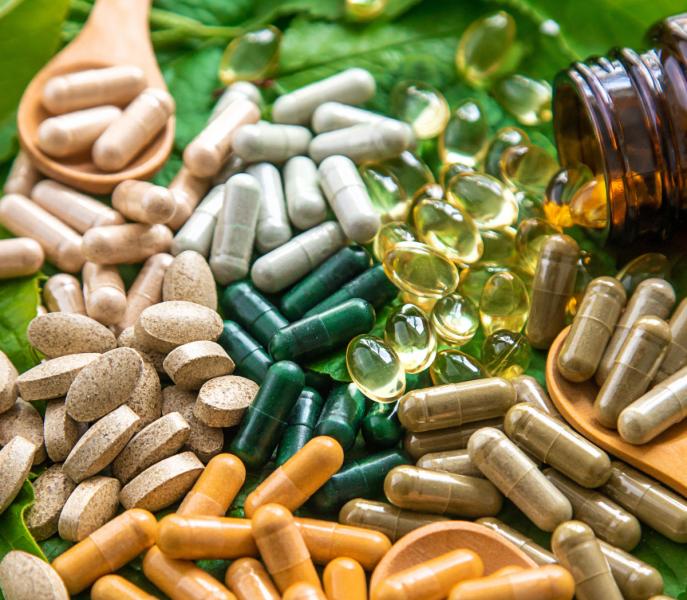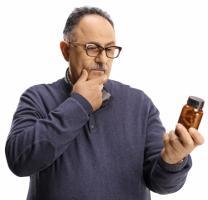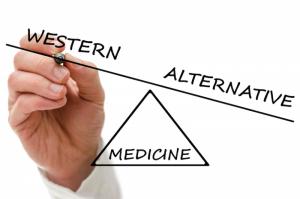
For thousands of years, human beings relied primarily on herbs for healing. But with the advent of modern pharmaceutical medicine, many people felt that there was no longer a need for herbal medicine—science had triumphed over nature to create superior remedies. However, today there has been a renewed interest in herbal medicine. This has been demonstrated by the rapid growth of the herbal industry in recent years. In 2020 alone, the sales of herbal dietary supplements increased by 17.3% and the market for herbal remedies continues to expand.
Pharmaceutical Problems
This growth is partially fueled by the recognition that modern drugs have many side effects. The commercials promoting them verify this. However, the problem is far worse than most people realize, because illness caused by medical treatments (iatrogenic disease) are the 6th leading cause of death in the United States. A recent analysis estimates 128,000 Americans die each year as a result of taking medications as prescribed. This is nearly five times the number of people killed by overdosing on prescription painkillers and heroin.
It’s the newer drugs that are the most problematic. Safety studies are usually short-lived, only 6-8 weeks, and many harmful side effects show up only after months of use. The majority of side effects aren’t discovered until a drug has been in the marketplace for three to five years and half of all new drugs are withdrawn within ten years as their harmful side effects become apparent.
 Herbal Safety
Herbal Safety
In contrast, the majority of herbs found in the marketplace have been in use for hundreds, and sometimes thousands, of years. This is ample time for multiple practitioners to observe their safety and efficacy. And evaluating the safety of an herb based on its long history of use is a perfectly valid approach. Nearly all the foods we eat have never been scientifically researched to prove they are safe. We base our trust in them on generations of human experience.
The FDA uses the term GRAS (generally-recognized as safe) to designate foods, spices, and herbs that have a long history of safe use and this fits most commercially available herbs. It’s also important to realize, that in spite of claims to the contrary, the herb and supplement industry is highly regulated. The FDA has the power to remove any herb or supplement from the marketplace it deems to be unsafe and it has done exactly that many times.
Many of the herbs the FDA has removed from the marketplace, such as Chinese ephedra and chaparral, actually had fewer negative effects than many over-the-counter medications, such as aspirin and acetaminophen. They were removed because they were being used for purposes they hadn’t historically been proven and supplements are held to a higher safety standard than drugs.
Here’s why. The safety of a drug is determined using a risk versus benefit model. If the potential benefit of a drug outweighs the risks it poses, it is deemed safe. Since millions of dollars haven’t been invested in proving the efficiency of herbs, the FDA does not recognize any potential benefits. Therefore, any perceived risk is unacceptable in the herbal industry, making the safety standard higher for herbs than it is for drugs.
Additional Resources
- Strategies for Health by Steven Horne
- Modern Herbal Dispensatory by Thomas Easley and Steven Horne
Become a Member
Steven Horne's monthly member program is a way for you to get great information about herbs and natural healing to build your herbal business. Including the ability to share issues of Sunshine Sharing like this one. Click here to learn more.

